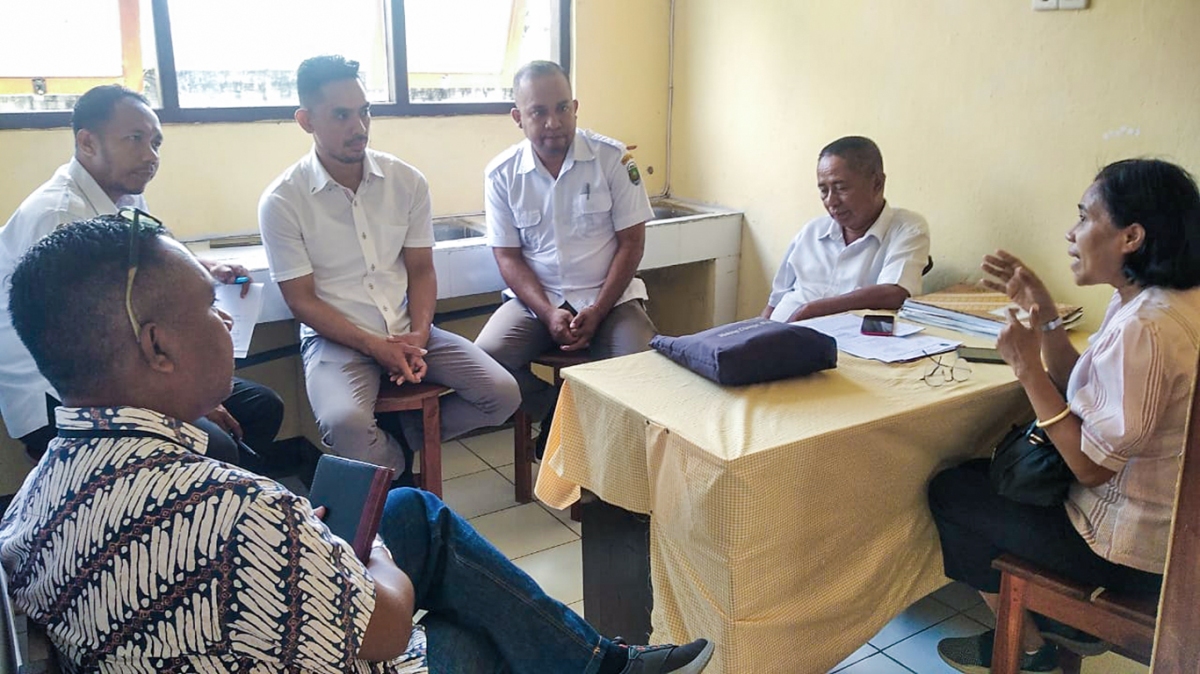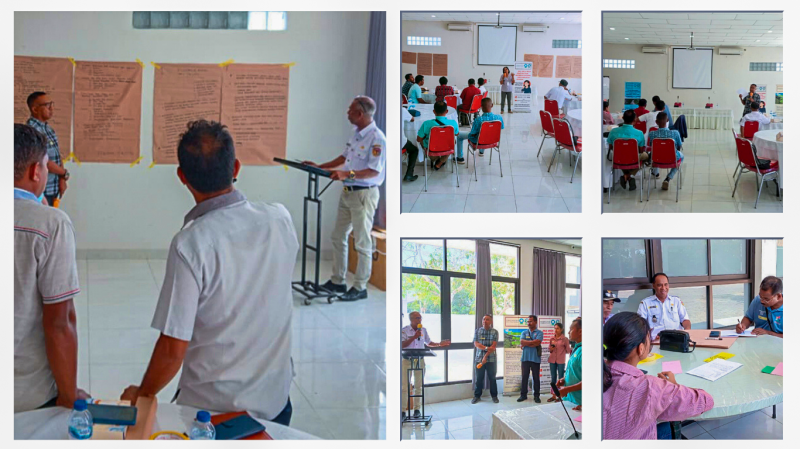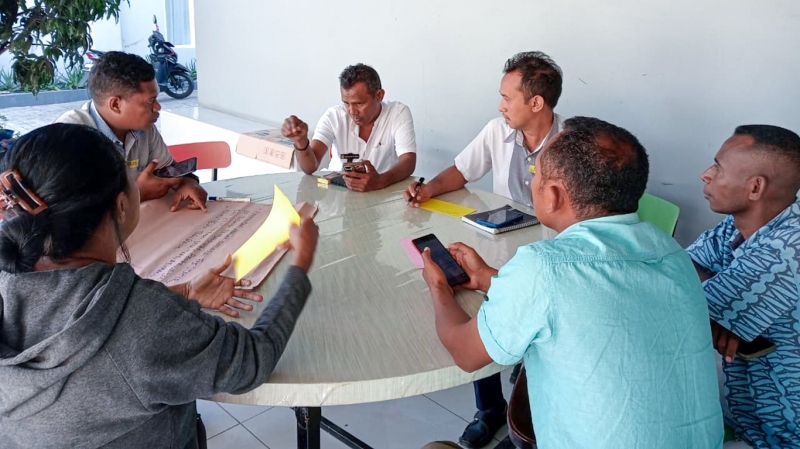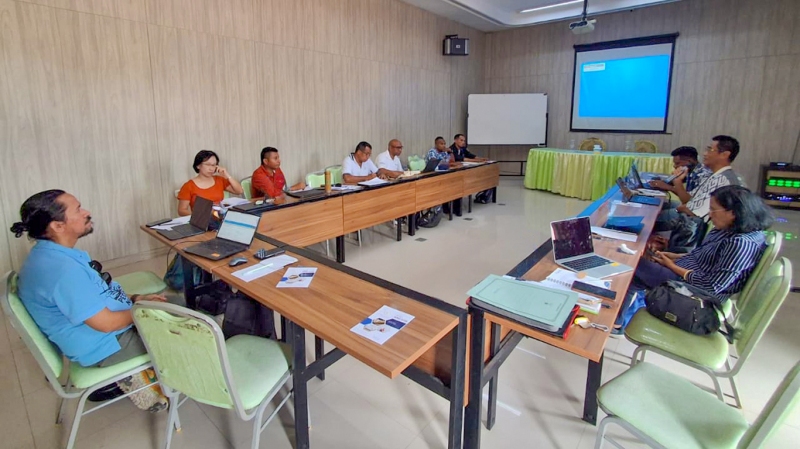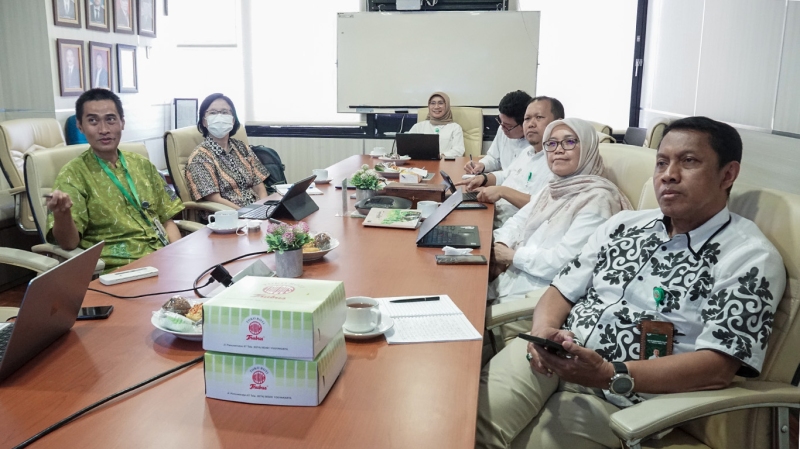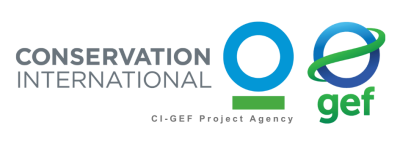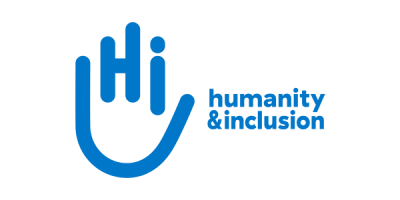Managing Transboundary Watersheds: Are We Ready?
When a river crosses the country's border, it carries not only water, but also the hopes of the communities that depend on it. For Indonesia, managing cross-border watersheds means balancing local needs, national policies, and international cooperation. In the existing regulatory framework, there is actually a strong foundation, including the authority to manage watersheds at the central level. However, there is still a need to sharpen how the role of local governments can support these authorities more effectively, so that cross-sector planning and coordination can run more integrated.
On the other hand, Indonesia and Timor-Leste also have a Memorandum of Understanding (MoU) and Implementation Arrangement (IA) in the forestry sector, which are the basis for cooperation in the management of transboundary watersheds. The challenge that is still faced is the lack of a more detailed technical-operational framework to ensure the consistent implementation of MoU and IA in cross-border areas. In addition, while a number of regulations have made room for non-governmental actors such as local communities, female farmers, and indigenous people, their meaningful role and participation in cross-border watershed management can still be optimized. Strengthening synergies across levels of government, clarifying the operationalization of bilateral cooperation, and expanding the space for meaningful participation of many parties, especially local communities, will be the key in building inclusive and sustainable cross-border watershed governance.
It is in this context that stakeholder mapping efforts related to cross-border watershed governance that are being carried out by Inovasi Tangguh Indonesia (InTI) are important. By mapping key actors ranging from the central government to the local government, academic institutions, CSOs, local communities, to indigenous people, the Management of Indonesian and Timor-Leste Transboundary Watersheds (MITLTW)/TIWA project seeks to ensure that all interested parties can be actively involved. Indigenous people, for example, are not only guardians of nature, but also important actors in the sustainable management of natural resources, one of which is by maintaining local wisdom.
In addition, legal frameworks at the national and regional levels can serve as a regulatory umbrella for cross-border watershed governance. In addition, it can be a reference related to regional development where the Strategic Action Plan prepared from Transboundary Diagnostic Analysis in the MITLTW/TIWA project can be included as part of the direction of NTT's development plan until 2045. With this policy harmonization, cross-border watershed management can move more solidly, clearly, and inclusively.
However, the question remains: Are we ready to go further, not only harmonizing policies, formulating policies, and orchestrating the implementation of those policies beyond institutional and administrative barriers, but also really concretely building cooperation across countries, across stakeholders including across communities with the principles of equality and social justice? How do we ensure that the voices of local and indigenous people are truly the most important part of the decision-making process? (InTI)
